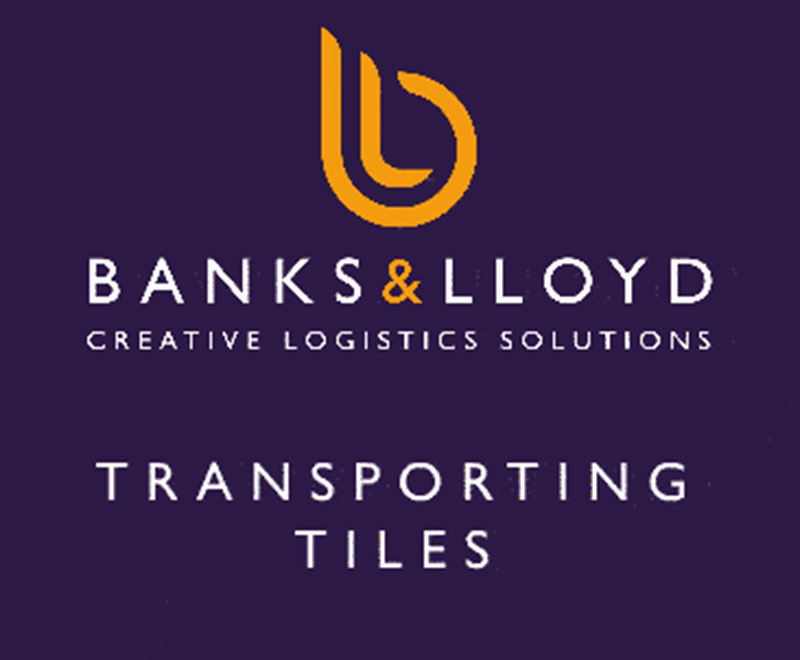By Stuart Middleton, Executive Chairman of Aquacut Limited has a brief look at building finishes.
Building finishes are simply the surface areas of the final part of the building construction programme, so mostly floors, walls and stairs but may also include specialist areas such as pools and wet rooms. Finishes may be internal or external, and have one or more purposes.
1. Practical
Functional applications, such as steps, risers, ramps, entrances, drainage systems, serving and display areas.
2. Beautiful
Contributing to the aesthetic appeal of a building, such as wall and floor designs, installed logos, signage, and reception areas.
3. Protective
Providing protection against the elements, such as cold, heat, and water.
In this article we concentrate on the first two purposes listed above, created using a range of processes on porcelain, ceramics, stone, metal, plastics, or glass. Wood is also a popular finish offered by those in the timber/joinery sectors. These finishes are usually seen in the completed building.
Experienced designers, architects and tile supply businesses know that being able to offer high-quality building finishes may give them competitive advantage.
To paraphrase what an American politician once said; “…there are known knowns… known unknowns…. and unknown unknowns…”.
In our experience, designers’ knowledge of the designs that building finishers can achieve falls in any of those camps but usually with an unknown in there somewhere.
That is where high-quality, professional building finishers who can offer a wide range of services come into their own – and there are not many of us around.
This article seeks to explore some of the more popular services that a specialist building finisher, such as Aquacut Limited, may provide to enable designers and architects to create functional and inspirational building finishes.
Templating
The front end of any building finish is being able to be exact about design and size. While cutting tiles and stone down to simple rectangles does not need templating, more complex areas invariably will do.
Templates can be created by competent installers who will send the physical templates to the building finisher to translate into computer models.
Alternatively, Aquacut offers a full templating service which uses a number of state-of-the-art computerised lasers to create detailed 3D maps to exacting standards, speeding up the templating service.
Design/drawing
Taking either the template information or client’s detailed instructions for simple cutting tasks, the fabricator’s design team will draw their interpretation of what is required. This is sent to the client for review and sign-off before physical production starts.
Cut to size/shape
Waterjet cutting is the process of choice for clean, accurate cutting. Using highly sophisticated computer-controlled machines, complex shapes can be created to very fine tolerances using the CAD designs created by the design/drawing team.
Bullnose
A variety of bullnose shapes are available to give rounded or mitred edges in such as steps, copings, pool nosings and counter tops. Full details of shapes may be explored in your fabricator’s website, such as www.aquacut.co.uk.
Etch
A service used often to create patterns/images in fine detail in tiles and stone. May also be used to ‘rough’ up a surface to give it a textured appearance. Etching may also be used in metals, plastics, and glass to incorporate into porcelain and stone designs.
Paint
Specialist paints may be used with exacting RAL colours to make unique images, logos or signs stand out. These specialist paints are suitable for exterior as well as interior finishes.
Bond
Technical adhesives are used to bond pieces together. For example, bonding a riser into a step tile, or bonding stainless steel images into porcelain tiles to give a real WOW! finish.
Anti-slip
There are a number of different ways to create anti-slip in tiles and stone which will be driven by aesthetics and regulatory requirements. Aquacut offers seven different techniques.
Metalise
A highly specialist process using ‘liquid metal’ which offers stand out, finely detailed creativity in different metals such as steel, iron, aluminium, titanium, copper, brass, bronze and Corten steel.
These finishes may be used to create very detailed and complex shapes and designs. Liquid metal once set reacts just as metal does because the bulk of the finish is metal.
Grills
Good quality finishers can create grills for swimming pools and a variety of other purposes. Grill designs can include creative shapes and almost infinite sizes and may be strengthened by the finisher to add functionality.
Conclusion
So, there are a wide variety of services that can be sourced from a building finisher such as Aquacut Limited.
I would recommend that if you have not already done so, get in touch with a few building finishes professionals, go and visit them and get a feel for what they can do for you – it is likely to be an experience you will not forget and one that will help you improve what you can offer your clients to the benefit of both of you. That in turn increases your chance of winning attractive contracts and improving customer satisfaction.
Aquacut Limited offers all the above services and more from their factories based in the North West of England. Aquacut’s building finishes are installed in properties around the world occupied by some well-known global companies.
Aquacut Limited
Unit 4A Stretton Distribution Centre
Off Grappenhall Lane, Appleton WA4 4QT
T: 01565 750666
E: sales@aquacut.co.uk
W: www.aquacut.co.uk












